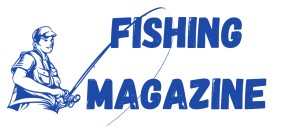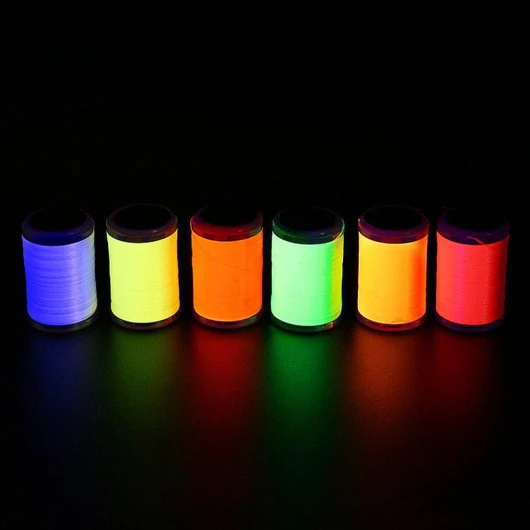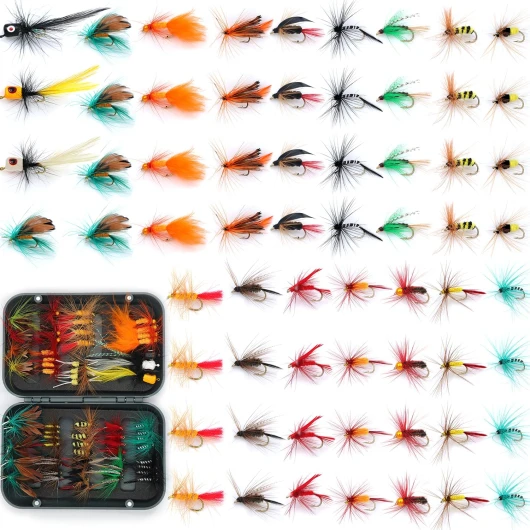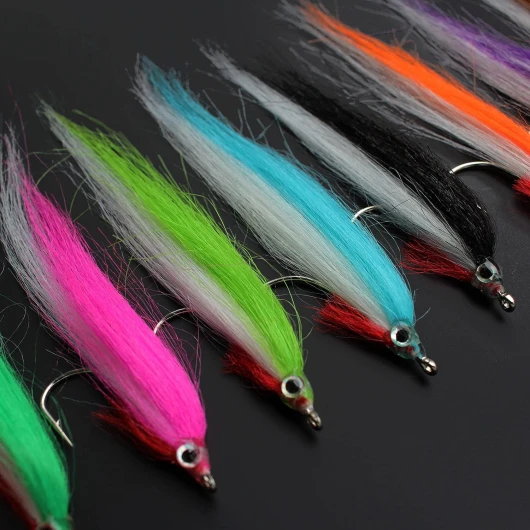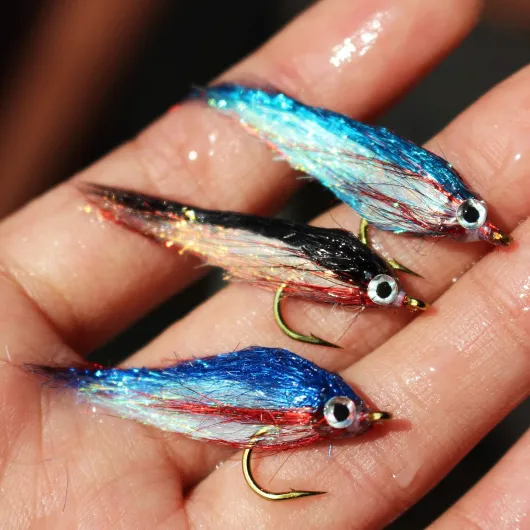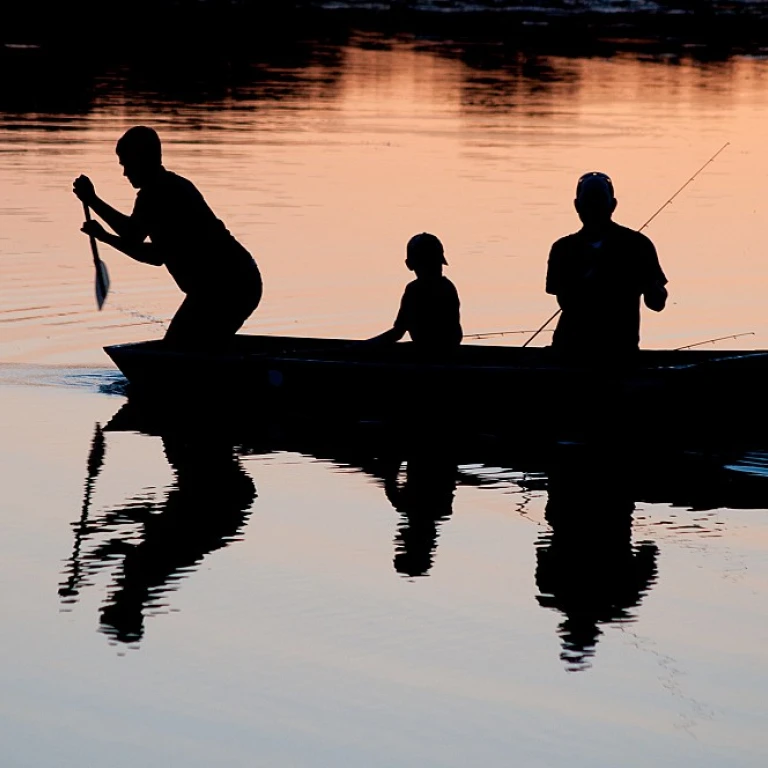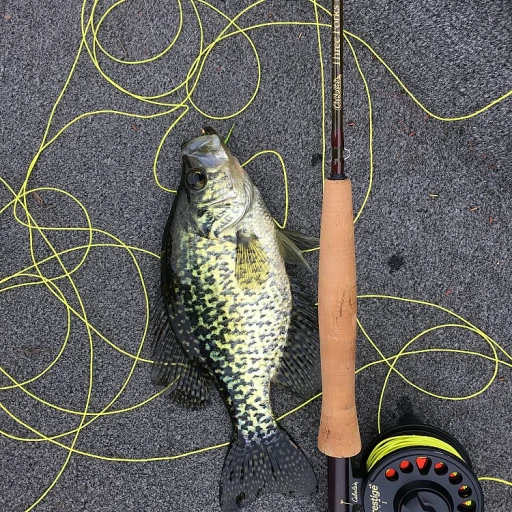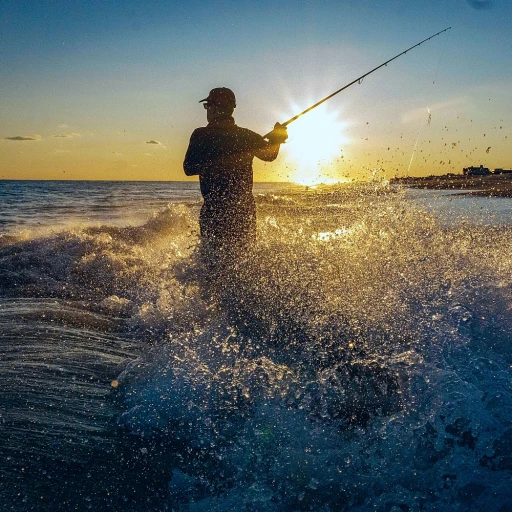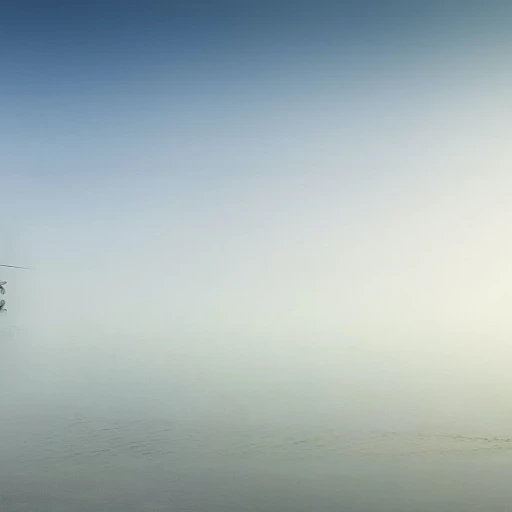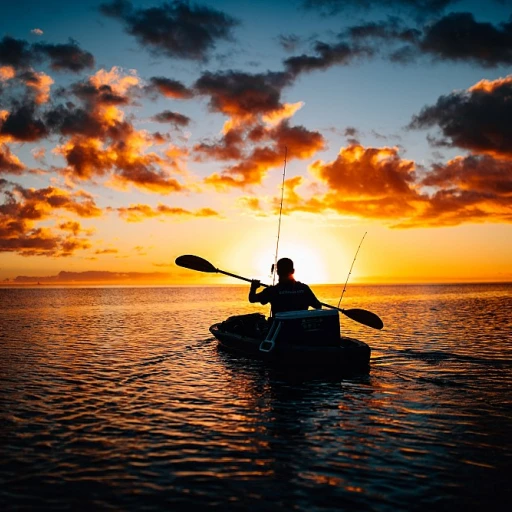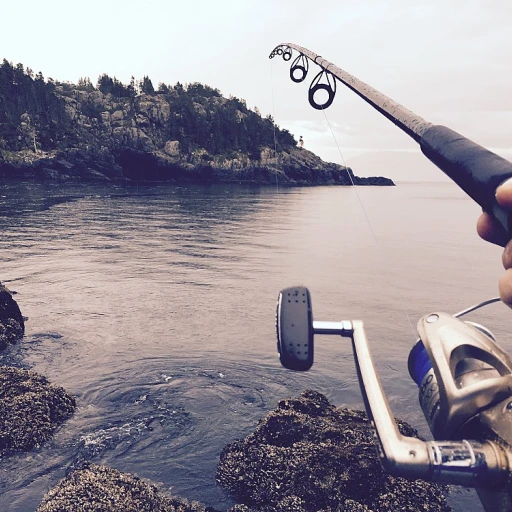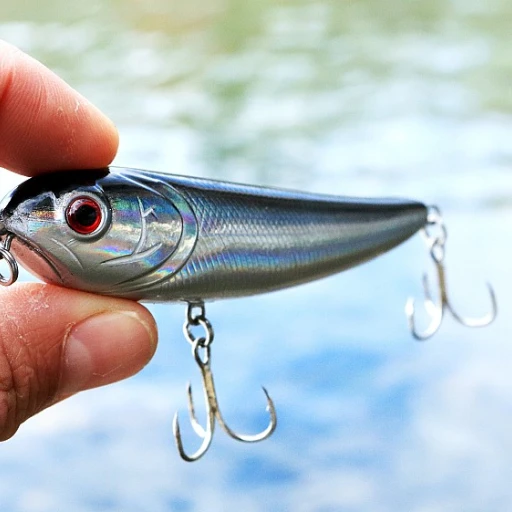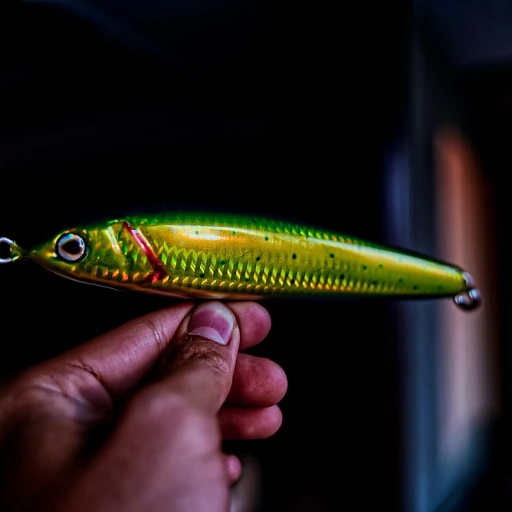
Understanding Walleye Behavior
Decoding the Walleye's Habits
Understanding the behavior of walleye is crucial for any angler looking to master fly fishing for this elusive fish. Walleye are known for their unique feeding patterns and habitat preferences, which can vary significantly depending on the time of day and season. Typically, these fish are more active during low-light conditions, such as dawn and dusk, making these times ideal for fishing.
Walleye are often found in deeper waters during the day, especially in clear water bodies. They tend to move to shallower areas as the sun sets. This behavior is influenced by their sensitivity to light, which is why choosing the right fly rod and gear is essential to adapt to these conditions.
In rivers, walleye often position themselves near structures like rocks or submerged logs, where they can ambush prey. Understanding these patterns can significantly increase your chances of a successful catch. As you explore different techniques and gear, remember that the right flies and presentation can make all the difference in enticing a walleye to bite.
In the following sections, we'll dive deeper into selecting the best flies and techniques for walleye fly fishing, ensuring you have the knowledge and tools to succeed in your fishing endeavors.
Choosing the Right Flies for Walleye
Selecting Optimal Flies for Effective Walleye Fishing
The choice of flies in your walleye fishing adventure plays a crucial role in the success of your catch. Understanding walleye behavior, as discussed earlier, is essential to make informed decisions about which flies to use. Walleye are known for their preference for certain baitfish and aquatic insects, thus the patterns of flies you choose should closely mimic these natural prey items.
Start by considering the environment where you'll be fishing. River walleye may have different preferences compared to those in lakes or reservoirs. Typically, flies that resemble the coloring and movement of local baitfish, like white bass or black leeches, tend to be effective.
- Color Considerations: Walleye flies in shades of white, chartreuse, black, and brown are often great choices. These colors are effective because they match the common prey in most bodies of water.
- Fly Patterns: It's beneficial to have a variety of patterns at your disposal. Classic patterns like Clouser Minnows and Wooly Buggers tend to open windows of opportunity with their proven track record in catching walleye. Other notable patterns include Muddler Minnows and Deceiver patterns, which are trusted by anglers on many top posts and forums like Reddit.
- Size and Shape: Pay attention to the size and shape of your flies. Natural-looking profiles that mimic the real-life baitfish in the water will significantly increase your chances of a successful catch.
Remember, the key to fly fishing success is matching the hatch. This means selecting flies that the walleye are familiar with based on their natural diet. For those new to selecting the right flies, it's helpful to educate yourself on the basics of fly fishing leaders, which will enhance your ability to present these flies effectively in the water. With the right flies, your chances of attracting a great catch will significantly increase, leaving you well equipped for a rewarding walleye fishing experience.
Techniques for Fly Fishing Walleye
Advanced Tactics for Landing Walleye with Flies
Incorporating fly fishing into your walleye strategy involves combining the precision of technique with an understanding of fish behavior. Mastering these tactics can significantly enhance your chances of success.- Focus on Presentation: The presentation of your flies can make a significant difference in attracting walleye. Utilize a subtle approach as walleye are more responsive to lifelike movement in the water. Mimic natural prey by varying your retrieval speed and direction to give your fly a realistic movement.
- Perfect Your Casting: A well-executed cast is fundamental in fly fishing. Practice short, precise casts that allow your fly to land gently on the water surface, reducing disturbances. This technique is especially effective in calm river waters where walleye are more skittish.
- Utilize Structure: Target areas with underwater structures such as rocks or fallen logs where walleye are known to hide. These spots offer cover and hunting grounds for the fish, increasing your chances of a successful catch.
- Timing Your Strikes: Knowing when to set the hook is crucial. Wait for a solid tug or noticeable fish movement before setting the hook to ensure you have the fish securely on the line. Patience and practice will improve your timing over successive fishing trips.
- Adapt to Conditions: Adjusting your techniques based on water conditions is vital. For example, in murky waters, using bright or contrasting colored flies can increase visibility, while in clear water, more natural hues will blend well.
Essential Gear for Walleye Fly Fishing
Gear Up with the Right Equipment for Success
When it comes to walleye fly fishing, having the proper gear can make a significant difference in your success. Understanding walleye behavior is only part of the equation; you also need the right tools to effectively execute your techniques.
To start, selecting the appropriate fly rod is crucial. A medium to fast action rod is often preferred, as it offers the balance needed to cast fishing flies with precision. Length typically ranges between 9 and 10 feet, providing leverage to fight against river walleye.
Your choice of fishing line should complement the rod. Walleye can be sensitive to pressure changes, so using a weight-forward floating line often proves beneficial in maintaining control in various water conditions.
Fly reels engineered for smooth drag systems are indispensable. Walleye are known for their powerful runs, so ensure your reel can handle such dynamic bursts without compromising performance.
Let’s not forget the importance of a tackle box. Keeping your walleye flies and other baits lures well-organized is vital. Look for boxes with waterproof seal protection to keep your flies in pristine condition.
Equipping yourself with a pair of polarized sunglasses can drastically enhance your ability to spot fish just beneath the surface, a key advantage when fishing in river systems known for having black and white bass.
Lastly, while many anglers focus on gear for the main content of their fishing trips, it's equally important to consider ancillary items such as fly tying materials. This allows you to adapt on-the-fly to changing conditions by customising your fishing flies, ensuring you are prepared for any situation.
Seasonal Tips for Walleye Fly Fishing
Seasonal Tactics for Better Walleye Catch
When aiming to perfect your fly fishing strategy for walleye, it's important to consider the seasonal changes in water temperature and walleye behavior. The effectiveness of different fishing patterns and techniques can vary greatly with the seasons, impacting your choice of flies and other gear.- Spring: As the water begins to warm up, walleye become more active and are often found in shallower parts of the river. This is a great time to use flies that mimic the natural prey in these areas. Whether you're using black or white patterns, go for those that are loosely tied to produce enticing movement.
- Summer: During the hotter months, walleye tend to move to deeper and cooler water. Adjust your fly fishing technique by using sinking patterns or weighted flies. Streamers and leeches can be particularly effective, enticing walleye in deeper zones.
- Fall: This is a peak time for fishing walleye, as they begin to prepare for the colder months. Flies that mimic bait fish such as white bass patterns can be particularly fruitful. In the fall, focus on areas with quick current changes as walleye are known to ambush prey here.
- Winter: Though fly fishing can be more challenging in winter, it's not impossible. Walleye may become sluggish, so opt for smaller, slower-moving flies. Keeping close tabs on changes in water temperature and choosing an overcast day can also bump up your chances of success.
Common Mistakes and How to Avoid Them
Avoid Oversized Flies and Mismatched Colors
One common mistake when using flies for walleye fishing is selecting flies that are too large. While it might be tempting to think that bigger is better, walleye often prefer a more subtle approach. A proper understanding of walleye behavior will guide you in selecting the right fly size to match the water conditions and walleye feeding habits.
Master Fly Patterns for Success
Another frequent pitfall is using the wrong fly patterns or color combinations. Walleye are known for their keen eyesight and will be drawn to flies that mimic local prey. Experimenting with fly patterns that include natural color schemes like black and white can make a significant difference. Learning to match your flies to the specific water conditions and prey in the area is essential for success.
Misjudging Water and Weather Conditions
Each season and body of water brings unique challenges for fly fishing walleye. Ignoring these can lead to frustrating experiences. For instance, fly fishing during a clear sunny day on a river may require different techniques compared to overcast conditions. Be sure to adapt your strategy by considering the seasonal tips we've discussed, which will help you fine-tune your approach.
Ignoring Equipment Specifications
Your fly rod and other gear need to match the demands of walleye fly fishing. Some anglers make the mistake of assuming any equipment will do. Ensuring you have the right fly rod, reel, tippet, and other essential gear is crucial. Properly aligned equipment allows for better control and presentation of the fly, increasing your chances of success.
Lack of Patience and Strategy
Lastly, walleye fishing demands patience and strategy. Rushing through patterns or not allowing enough time at each promising spot can lead to missed opportunities. It's crucial to strike a balance between persistence and adaptability. This approach not only prevents common mistakes but also enhances your overall fishing experience.
